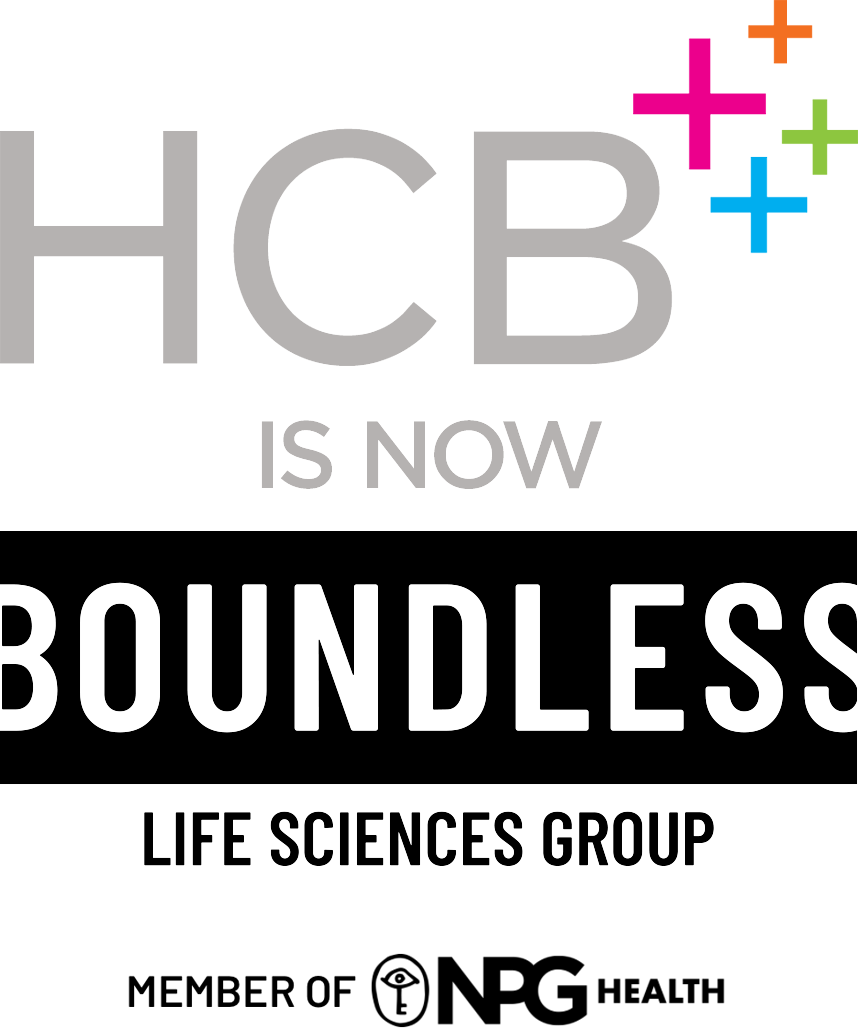It’s Monday morning, bright and early, and I’m sitting in my first session of the day. Nick Law, CCO of Publicis Groupe, takes the SXSW stage to, in his own words, “rant” about how advertising agencies need to evolve during this current age of innovation. Law starts his talk with a video of Steve Jobs discussing the leadership structure of Apple versus that of other technology companies at that time. Jobs explained that sales and marketing people have taken over decision-making positions in these companies and have pushed out the “product people” from upper level roles and conversations. In a way, this results in leadership that cannot discern between a good or bad product—just a profitable or unprofitable one. It is possible to make money as a company with no innovation, but how could you keep up with a changing landscape if you forgo innovation for profitability? Law says this scenario is and has been playing out in the advertising world. The “product people” for us are creatives and strategists, and they have been edged out of those same upper-level positions and conversations. Sales and finance people are seen as the heads of agencies and holding companies, making the big decisions about how the businesses are run and who gets to decide the future. But, now, we as an industry are in a season of change. As technology and the landscape of our work evolve, “product people” need to be leaders to foster innovation within agency models and execution of the final product: creative.
 Law turned the next portion of his discussion toward the inner structure of agencies, how they became what they are today, and where they need to go. The last time creative structure changed in the advertising industry was the 1950s. Process evolved from copywriters coming up with a “big idea” and sending their copy to designers who added visuals, to the designers being brought into the fold, and the creation of the atomic creative partnerships—which are essential to most agencies today. Art directors and copywriters joined at the hip, creating ad-cept after ad-cept for years. This shift resulted in beautiful work: ideas where copy and art were blended together and became synthetic. Law explains that this worked in the 50s, and the subsequent 50 years, but now we’ve found ourselves in a time of dramatic innovation across many platforms. Where do digital teams, social media teams, and experience teams fit into the current creative structure? Usually they’re layered under the copy/art team and get pulled in when the copy/art team sees fit after delivering its “big idea.” This is where Law points out that creatives aren’t always good at self-identifying; we don’t like to admit that we can’t do something. Sometimes creatives need to remember what they’re good at and stay in their lane, and agencies need to change the team structures and dynamics as technology and media change around us.
Law turned the next portion of his discussion toward the inner structure of agencies, how they became what they are today, and where they need to go. The last time creative structure changed in the advertising industry was the 1950s. Process evolved from copywriters coming up with a “big idea” and sending their copy to designers who added visuals, to the designers being brought into the fold, and the creation of the atomic creative partnerships—which are essential to most agencies today. Art directors and copywriters joined at the hip, creating ad-cept after ad-cept for years. This shift resulted in beautiful work: ideas where copy and art were blended together and became synthetic. Law explains that this worked in the 50s, and the subsequent 50 years, but now we’ve found ourselves in a time of dramatic innovation across many platforms. Where do digital teams, social media teams, and experience teams fit into the current creative structure? Usually they’re layered under the copy/art team and get pulled in when the copy/art team sees fit after delivering its “big idea.” This is where Law points out that creatives aren’t always good at self-identifying; we don’t like to admit that we can’t do something. Sometimes creatives need to remember what they’re good at and stay in their lane, and agencies need to change the team structures and dynamics as technology and media change around us.
Law says his solution is this: create teams based on the needs of a project from the start, before producing any “big ideas.” Find out what the medium will be and start with a team best suited to approach it from every angle. When you start with ideas from the copy/art team and try to stuff them into media they aren’t comfortable with, like social and digital, it just doesn’t work and can create interruptions along the way. There should be no resistance if the teams are coming up with ideas and stories with a full understanding of the delivery method. Law’s point of view is that, as an industry, we need to master each new medium as it comes so we can be thinking 6 months, or even 2 years, ahead of what our clients need. All of this change needs to be facilitated by a creative leadership who can foresee the changing landscape ahead and build team structures to better handle challenges. This way, agencies can produce innovative creative.
Coming from HCB, I was proud to reflect on creative leadership heading our independent company. Kerry Hilton, as partner and CEO, drives us to produce the best possible product in our creative, as he was an art director from the very beginning. The lesson is that advertising agencies need to stir things up, attack challenges with the right teams, and move towards innovative conclusions. Personally, my favorite point from Law’s talk was “creativity is accelerated by connection.” By connecting people in new ways and making space for fresh eyes and experts in team structures, our creative product will track with the fast-paced evolution of technology and media.


